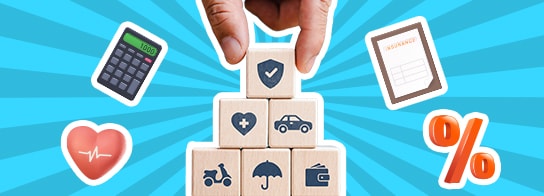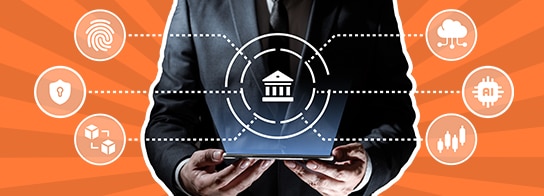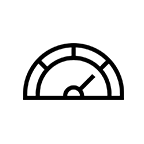Linking Bank Accounts
A cancelled cheque is often required while setting up automatic payments like EMIs, utility bills, or SIPs. It allows banks to verify your account before allowing recurring deductions.
Banks and investment platforms might need your account details to facilitate fund transfers. A cancelled cheque helps verify this information quickly and accurately.
KYC (Know Your Customer) Requirements
KYC is mandatory for opening accounts and conducting certain transactions. Submitting a cancelled cheque as part of your KYC process allows institutions to validate your bank account details.
Banks may ask for a cancelled cheque when you open a savings, salary, or investment account. This helps ensure that the account you’re linking is correct.
Loan Applications
When applying for personal, home, or education loans, you might likely need to submit a cancelled cheque to confirm your account details.
Banks need your bank account to be verified before EMIs can be auto-debited. A cancelled cheque facilitates this verification process.
Investment Transactions
Investment platforms require a cancelled cheque when you start a SIP or link your bank account for redemptions and dividend payouts.
While opening a demat or trading account, brokers use a cancelled cheque to verify that the bank account belongs to you.
Government Schemes and Salary Credit
Many government schemes, such as LPG subsidies or DBT (Direct Benefit Transfer), require a cancelled cheque to ensure that benefits are deposited into the correct account.
Some employers request a cancelled cheque to confirm bank details before setting up salary credits.




















































